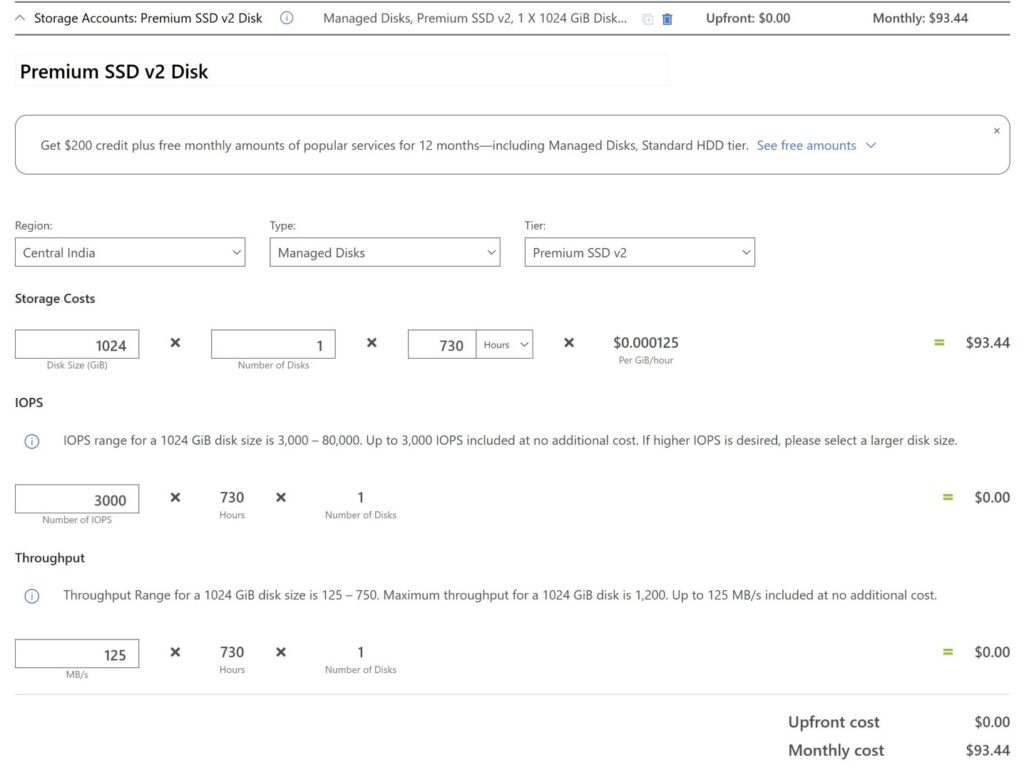Dear Azure Community,
Microsoft has announced the general availability of converting existing Azure managed disks to Premium SSD v2, offering a significant boost in performance and flexibility for your workloads.

Key Benefits of Premium SSD v2
- Customized Performance – Unlike its predecessor, Premium SSD v2 allows you to independently configure disk size, IOPS, and throughput, tailoring storage performance to your specific application needs.
- Cost Efficiency – By enabling precise adjustments to performance parameters, Premium SSD v2 helps optimize costs, ensuring you pay only for the performance you require.
Considerations Before Conversion
- OS Disk Compatibility – Premium SSD v2 is currently designed for data disks and cannot be used as an operating system disk.
- Availability Zones – Disks must be attached to virtual machines within the same availability zone, as cross-zone attachments are not supported.
- Regional Support – Ensure that Premium SSD v2 is available in your desired Azure region before planning the conversion.
Conversion Process
- Identify Target Disks – Determine which of your existing Standard HDD, Standard SSD, or Premium SSD disks are suitable for conversion, considering the compatibility requirements.
- Prepare the Environment – Ensure that the virtual machines associated with the disks are deallocated to facilitate a smooth conversion process.
- Execute Conversion – Use Azure PowerShell or the Azure CLI to change the disk SKU to Premium SSD v2. This process is straightforward and aligns with standard disk type conversion procedures.
- Verify and Reallocate – After conversion, verify the disk’s performance settings and reallocate your virtual machines to resume operations.
Final Thoughts
Upgrading to Premium SSD v2 provides enhanced performance customization and potential cost savings, making it a compelling option for optimizing your Azure storage solutions.
Azure continues to evolve, and this new capability is another step toward more efficient cloud storage. Try it out and take advantage of its flexibility! 🚀
